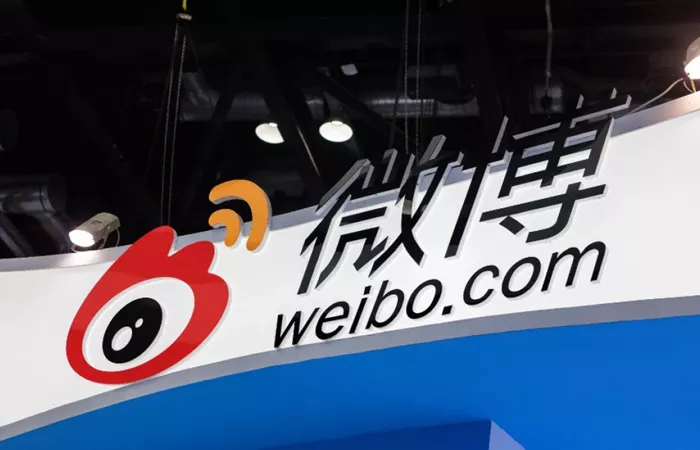Launched by Sina in 2009, the Twitter-like microblogging service has become a cornerstone of Chinese social media, with hundreds of millions of users and a key role in shaping online discourse
Weibo, a microblogging platform often described as China’s answer to Twitter, has grown into one of the country’s most widely used and culturally significant social media networks since its launch in 2009 by internet company Sina.
Designed to enable users to share short messages, images, videos, and links, Weibo quickly attracted a massive user base. Today, it hosts hundreds of millions of accounts and remains central to how information is shared, debated, and consumed in China.
Unlike traditional blogging platforms, Weibo’s strength lies in its immediacy and its ability to amplify viral content through reposts, hashtags, and trending topic features. Over the years, it has evolved into a complex ecosystem where celebrities, influencers, brands, and government officials coexist alongside everyday users. Public figures often use Weibo to communicate directly with fans and followers, while state agencies use it to release announcements or shape public opinion.
However, Weibo’s success comes within the constraints of China’s strict information controls. The platform is subject to state-imposed censorship and must regularly remove or suppress posts on topics deemed politically sensitive or socially destabilizing by Chinese authorities. These include subjects such as protests, criticism of government policy, or unverified rumors. Moderation is both algorithmic and human, with teams dedicated to scanning and filtering content in real time.
Despite these limitations, Weibo continues to be a vibrant space for social commentary, pop culture discussion, and even limited political discourse — albeit within accepted boundaries. It has played a role in breaking major news stories, mobilizing public sentiment, and shaping online narratives in ways that have made it both influential and, at times, controversial.
Weibo’s unique blend of real-time updates, personal expression, and mass communication has secured its place at the heart of China’s digital life. In a rapidly evolving media landscape, it remains a key player — one that reflects both the possibilities and limitations of online communication in the world’s most populous country.
Related Topics
- Why Use Premade Blogger Templates for Your Blog?
- How Do You Lazy Load AdSense in Blogger?
- How Can You Build a Successful Blog with Systeme.io?

